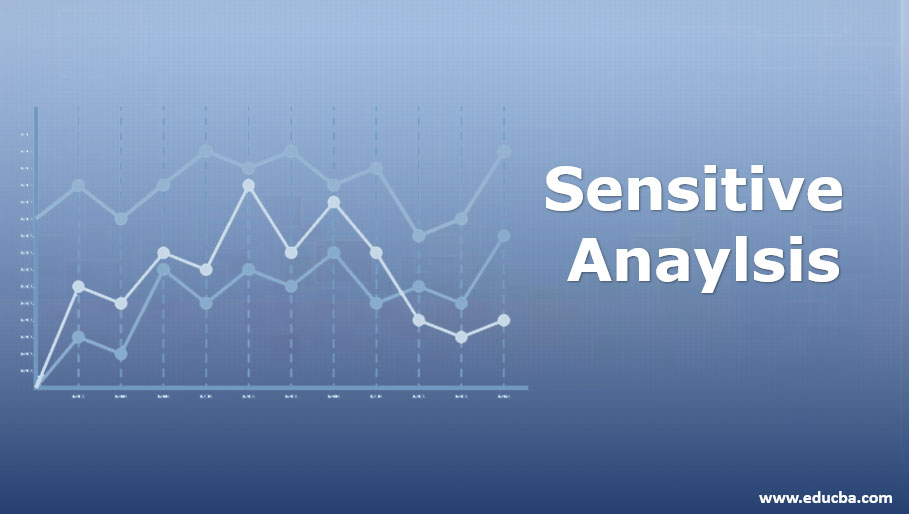Sensitivity Analysis

A sensitivity analysis is a technique used in business and financial modeling to assess the impact of changes in key variables or assumptions on the outcomes of a model or decision. It helps organizations understand how sensitive their results are to fluctuations in certain factors and allows them to identify the most critical variables influencing the outcomes.
Key aspects of sensitivity analysis include:
-
Identification of Key Variables:
- The first step in sensitivity analysis is to identify the key variables or assumptions in a model or decision-making process. These variables can significantly influence the results and are usually uncertain or subject to change.
-
Varying Assumptions:
- Once the key variables are identified, the analyst systematically varies their values within a range to observe the impact on the results. This involves changing one variable at a time while keeping other variables constant.
-
Observing Output Changes:
- The analyst observes how changes in the key variables affect the output or outcomes of the model. This could include changes in financial metrics, project timelines, profitability, or other relevant performance indicators.
-
Quantifying Sensitivity:
- Sensitivity analysis provides quantitative insights into how sensitive the model or decision is to changes in specific variables. It may involve calculating the percentage change in output for a given percentage change in a variable.
-
Scenario Analysis:
- In addition to varying individual variables, sensitivity analysis may involve assessing the impact of changes in multiple variables simultaneously. This is often referred to as scenario analysis, where different combinations of variable values are considered to understand potential outcomes.
-
Risk Assessment:
- Sensitivity analysis is a valuable tool for risk assessment. By identifying the variables that have the most significant impact on outcomes, organizations can prioritize risk management efforts and focus on mitigating the effects of uncertainties in those areas.
-
Decision Support:
- Sensitivity analysis provides decision-makers with a more comprehensive understanding of the uncertainties and risks associated with a particular decision or model. This information can support more informed and robust decision-making.
-
Optimization:
- In some cases, sensitivity analysis is used iteratively with optimization techniques. Organizations can adjust their strategies or decisions based on the sensitivity analysis results to optimize outcomes under different scenarios.
Common areas where sensitivity analysis is applied include financial modeling, investment analysis, project management, and strategic decision-making. It is particularly useful in situations where there is inherent uncertainty, and decision-makers need to understand the range of possible outcomes under different conditions.
By conducting sensitivity analyses, organizations can enhance their risk management strategies, improve decision quality, and increase their overall resilience in the face of changing circumstances.
Thank you,
